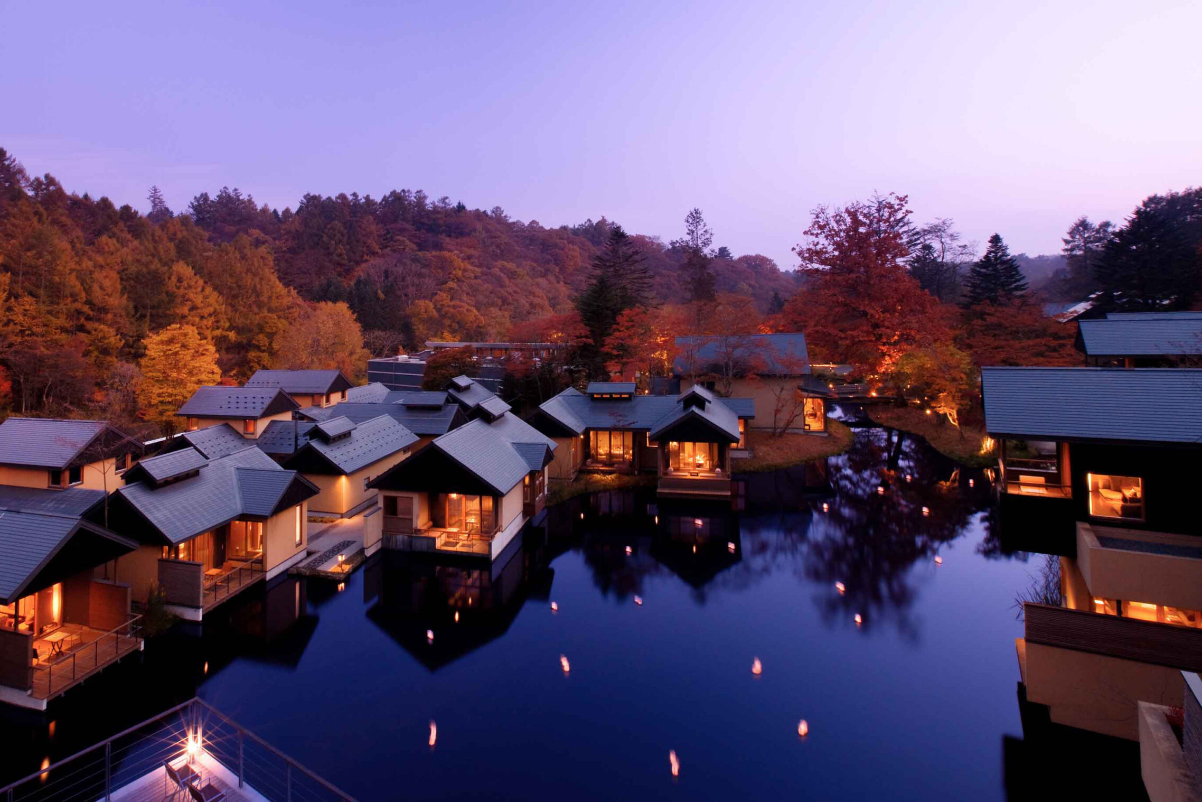
Skift Take
One of the oldest forms of Japanese hospitality is getting more attention from global brands, and cross-pollinating across the Pacific.Â
The traditional Japanese ryokan is a beautifully structured and choreographed experience. Hospitality and ritual are the emphasis. The family-run inns are often set within beautiful nature, ideally with access to restorative hot springs, known as onsens. The emphasis is on relaxation, Kaiseki meals based on local and seasonal ingredients, and hyper-personalized service.Â
For guests who arenât Japanese, it is a thoughtful experience with a deeper level of cultural integration. It is akin to putting on a beautifully cut suit that has been made for you. The core service is a decidedly Japanese concept, Omotenashi, which is a very subtle and unflashy anticipation of both stated and unsaid needs.
These ryokans are typically homespun, intimate affairs, but the idea has been gathering cultural momentum and investment capital.Â
Ryokan For Western Guests
Hyatt recently announced a new hot-spring brand, Atona, which will launch in Japan in early 2026, targeting global travelers across three initial properties in Yufu, Yakushina, and Hakone. Though the concept is still in its planning stages, the strategy seems to point to bringing modernity to the classical approach for a Western clientele.Â
The brand can look to the Arcana Hotel in the Izu Peninsula, which blends the nature-centric ryokan with more Western and Scandinavian design codes. It trades the traditional tatami mats for modern features courtesy of Osaka-based furniture designers Graf. Nature is central to the experience, set within forests with a river bubbling in the background.
And one of the most storied Japanese hospitality brands, Hoshino Resorts, has both developed and scaled a modern facing onsen brand, Kai, as well as announced further international expansion. Kai is described as a âJapanese aubergeâ and the properties are strategically placed around the best hot springs in Japan.
Again, the design codes here are sleek and modern, adding Western comforts to the traditional experience. And the brand has found favor with a younger traveler given its more friendly price points.
Many of the best known traditional ryokans, like the Tawaraya, can be at the higher end of the pricing scale and Hoshino found an interesting market niche and a brand that it has been able to scale.
U.S. Expansion
Hoshino recently announced an opening in the United States, a longtime goal of CEO Yoshiharu Hoshino.
In my previous coverage of the Hoshino Resorts, Iâve noted how what they do has global appeal, and while Sharon Springs in upstate New York doesnât jump out as a predictable location, it is the quality of the mineral waters and the town’s history of healing and rejuvenation that seems to be the spiritual fit. The company did its homework on the important underlying elements and, importantly, has a U.S.-based fan base from their Japanese properties.Â
Luxury hospitality has been circling around evolutions of wellness, culture, and personalization for the past several years. Yet many threads lead to the humble ryokan and its building blocks of nature, nutrition, intentionality, and the time honored tradition of relaxing in hot springs.
But as this scales around the world, the question is what from the pure experience of a traditional ryokan gets lost or sanded down with global brands with margins in mind.
And, in the case of Hoshino: Can the team successfully port the service standards and meticulous elements of Japanese culture to far-flung locales? Their ambition is noteworthy, and smack dab in the middle of the hospitality zeitgeist. More global travelers experiencing this type of hospitality, on their terms, is net net a good thing.Â

